| |
|
|
||
| |
|
|
||
| |
| Old Time Music: High and Lonesome |
Text by Riki Saltzman. Photos by Will Thomson, Trisha Stiles, Larry Long, and courtesy of Iowa Friends of Old Time Music, Bob & Kristie Black, and Al & Aleta Murphy. Music by Bob & Kristie Black, Al and Aleta Murphy, and Guy and Hannah Drollinger.
|
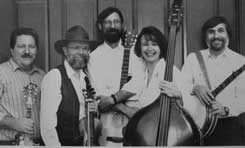
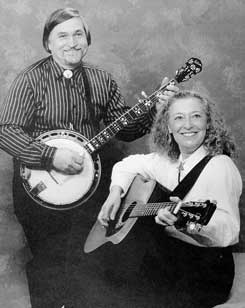 Old time music moved along with its musicians, from the British Isles to the American colonies, picking up African American and
other influences along the way, from New England, the Mid-Atlantic states, the upland South, the South Central states, and the Midwest.
African-American influences include the banjo and gut-bucket, gospel music, and the blues. The advent of readily available recordings at the end of the
19th century into the 20th century and the widespread influence of radio in the 1920s and onwards both spread the audience for old time
music and created another level of influences. Nashville and its popularization of country music have also had their effect on old time
music. Legendary artist Bill Monroe, one of its greatest promoters, popularized the "high and lonesome" Bluegrass sound in the 1940s on
radio's "Grand Ole Opry." The folk music revival of the late 1950s and early 1960s further spread this music to a new generation and a new
audience.
Old time music moved along with its musicians, from the British Isles to the American colonies, picking up African American and
other influences along the way, from New England, the Mid-Atlantic states, the upland South, the South Central states, and the Midwest.
African-American influences include the banjo and gut-bucket, gospel music, and the blues. The advent of readily available recordings at the end of the
19th century into the 20th century and the widespread influence of radio in the 1920s and onwards both spread the audience for old time
music and created another level of influences. Nashville and its popularization of country music have also had their effect on old time
music. Legendary artist Bill Monroe, one of its greatest promoters, popularized the "high and lonesome" Bluegrass sound in the 1940s on
radio's "Grand Ole Opry." The folk music revival of the late 1950s and early 1960s further spread this music to a new generation and a new
audience. 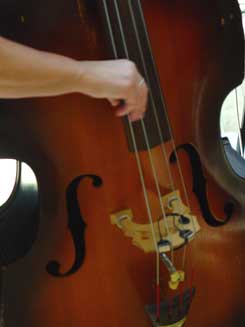

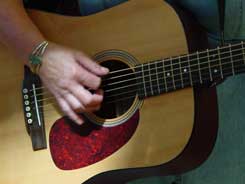 popular in the 1920s.Violin and mandolin provide the lead voices in the
sound while guitar serves as rhythm accompaniment. The unamplified human voice was so important to old time music that bands rarely
employed a big sound, which would have drowned out the vocals.
popular in the 1920s.Violin and mandolin provide the lead voices in the
sound while guitar serves as rhythm accompaniment. The unamplified human voice was so important to old time music that bands rarely
employed a big sound, which would have drowned out the vocals. 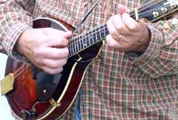

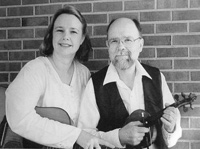
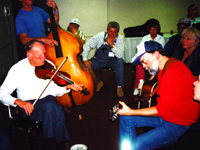


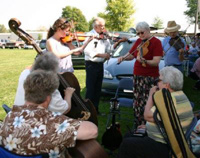 Yet the tradition of old time music continues to survive in local gatherings at watering holes and folk festivals, fiddlers picnics,
jams, and square dances. A picnic is held annually in Iowa City and the Iowa State Fair sponsors a Fiddlers Convention. Younger
players form new bands that play old music, and old time continues to weave its simple spell of fellowship.
Yet the tradition of old time music continues to survive in local gatherings at watering holes and folk festivals, fiddlers picnics,
jams, and square dances. A picnic is held annually in Iowa City and the Iowa State Fair sponsors a Fiddlers Convention. Younger
players form new bands that play old music, and old time continues to weave its simple spell of fellowship.